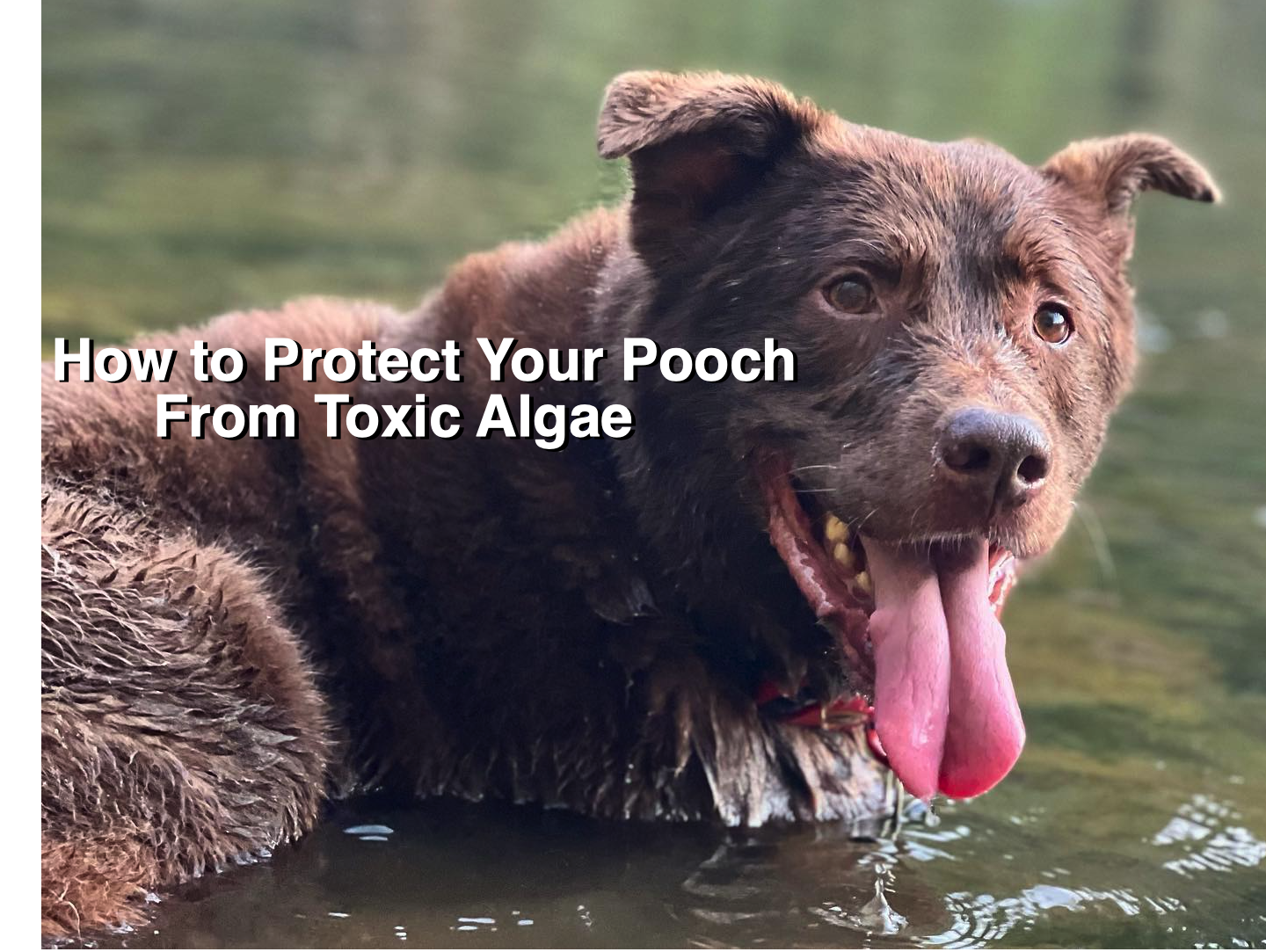WARNING: Only allow your pets to swim in waters that have been specifically designated for swimming. Stormwater ponds are regulated and do not allow for swimming by either pets or humans.
*North Carolina Algal Bloom Map*
SPOT THE ALGAE and don’t let your dog drink or swim in water if:
- It’s slimy or looks like foam, scum or mats on the surface of the water.
- The color is weird. Harmful algal blooms can be blue, bright green, brown or red and may look like paint floating on the water.
- It stinks. Some (but not all) harmful algae produce a nauseating smell.
Immediately treat any potential exposure:
- Rinse him or her off right away. Wear gloves to protect yourself and give your dog a thorough rinse in clean, fresh water.
- Watch for symptoms. Symptoms can arise anywhere from 15 minutes to several days after exposure. Take pets to the vet immediately if they suffer from:
- Diarrhea or vomiting
- Weakness or staggering
- Drooling, difficulty breathing or convulsions
- Report the bloom to your state’s health department.
What is Toxic Algae?
Algae occurs naturally in water but excess nutrients from a variety of sources contributes to a growing number of harmful algal blooms. These, sometimes toxic, blooms now occur in every state in the nation. Toxic algae can sicken people as well, but it is especially harmful to animals. Small clusters of dog deaths have been reported in each of the past four summers after pets were exposed to toxic algae.
Learn more about toxic algae.


